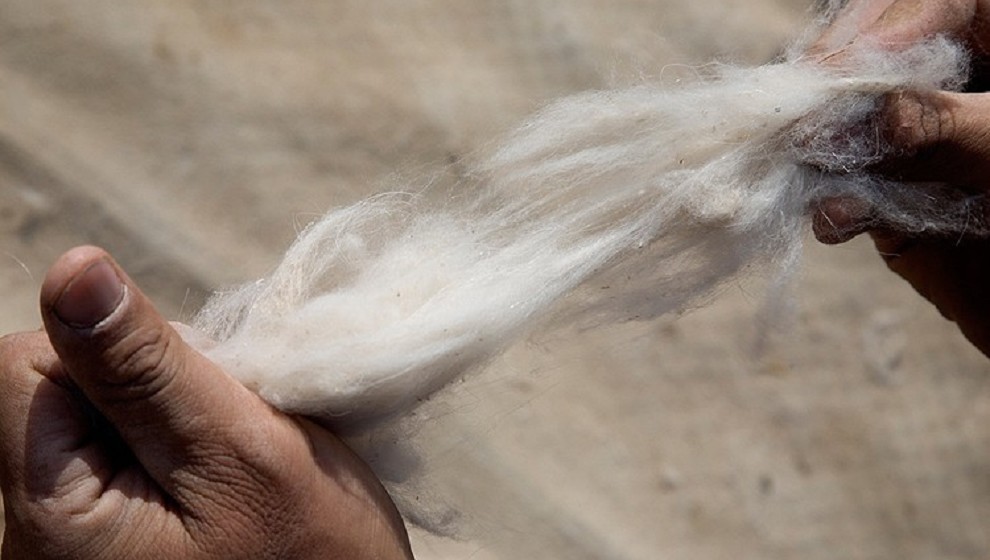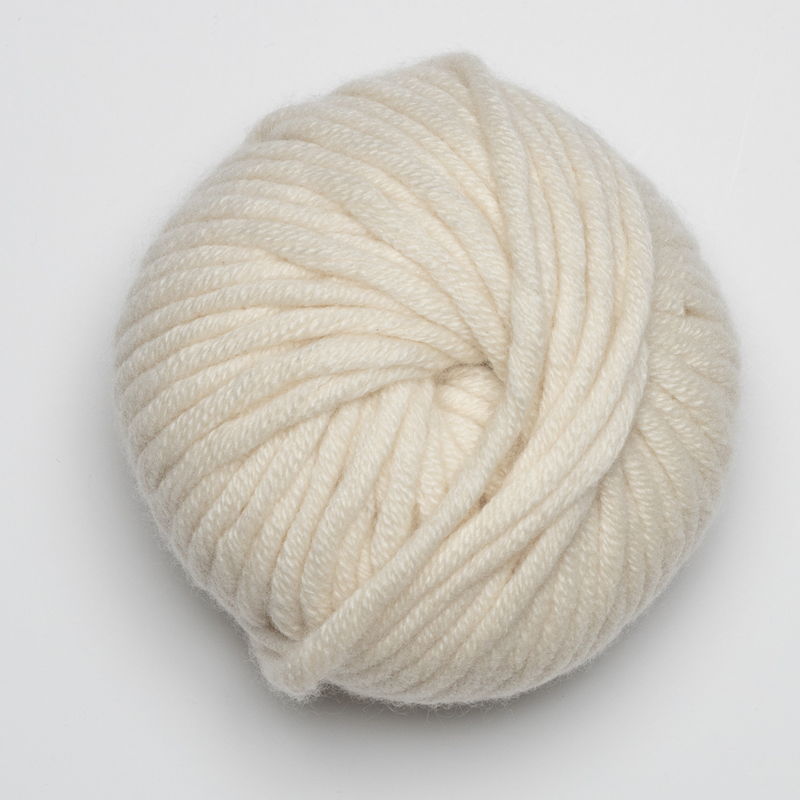Discovering What Material Is Cashmere and Its Role in Premium Clothing
Discovering What Material Is Cashmere and Its Role in Premium Clothing
Blog Article
Factors You Need To Need Cashmere a Natural Fiber for Comfort and Elegance in Everyday Wear
In the realm of textiles, couple of fibers rival the high-end and convenience of cashmere. This unique product, understood for its remarkable soft qualities and insulation, gives unmatched comfort and sophistication for everyday wear. What sets it apart from various other fibers? Just how does it impact the atmosphere and how does it compare to synthetic options? Just how can one best make use of cashmere to raise their style? These interesting concerns lay the structure for an informing exploration right into the world of cashmere.
Comprehending the Lavish Nature of Cashmere

Examining the Convenience Element of Cashmere Clothes
Cashmere's special fiber framework enables for breathability, managing temperature and preventing getting too hot. Cashmere's hypoallergenic buildings likewise add to its comfort, making it a perfect option for delicate skin. In significance, the convenience of cashmere is acquired from its soft qualities, breathability, durability, hypoallergenic nature, and flexibility.

The Ecological Effect and Sustainability of Cashmere
While the comfort and sophistication of cashmere are undoubtedly enticing, it's similarly important to consider its relationship with the environment. Cashmere manufacturing, largely in Mongolia and China, includes raising cashmere goats, which can dramatically stress breakable meadow communities due to overgrazing. Efforts are being made to establish sustainable cashmere manufacturing approaches, such as rotational grazing and cleaner handling techniques.
Comparing Cashmere to Synthetic Fibers: A Cost-Benefit Analysis
In spite Learn More Here of its environmental difficulties, cashmere presents a distinct collection his explanation of benefits over synthetic fibers. Cashmere's all-natural fibers supply unrivaled gentleness and heat, translating into comfort that artificial fibers battle to match. Unlike artificial fibers, cashmere does not contribute to microplastic pollution, making it a more sustainable choice.
Styling Tips With Cashmere for Everyday Beauty
Having considered the cost-benefit analysis of cashmere compared to artificial fibers, it ends up being clear why this glamorous material is a preferred selection for many. When styling cashmere for daily elegance, simpleness is key. A cashmere sweater, for instance, can be matched with tailored trousers or a sleek skirt for an elegant, put-together appearance - cashmere fibre. For an extra informal set, a cashmere cardigan used over a basic t-shirt and denims shows simple and easy style. Devices can better raise the appearance: a declaration pendant or scarf can include a pop of shade to a neutral cashmere item. Ultimately, the inherent elegance of cashmere makes it a flexible enhancement to any closet, effortlessly enhancing everyday outfits with a touch of deluxe.

Conclusion
In enhancement, cashmere's sustainability and lower environmental impact contrasted to synthetic fibers further enhance its charm. Spending in cashmere garments is a worthwhile decision for comfort, design, and sustainability.

Report this page